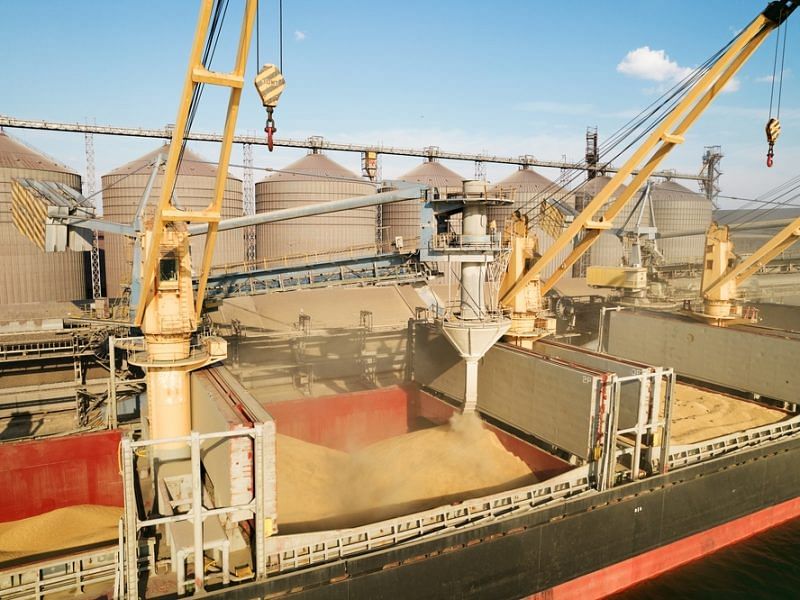
"Federal officials say they plan to continue their push to open small countries to U.S. foods, with a motto that no market is too small. It is victory by inches sometimes in trade,” said Alexis Taylor, USDA undersecretary for trade and foreign agricultural affairs. She spoke at USDA’s Agricultural Outlook Forum on February 23 in Arlington, Virginia.
Trade diversification is intended to assist the United States in developing markets in countries with a growing middle class, implying that they offer good growth prospects. Diversification can also reduce the risk of becoming overly reliant on a single trading partner. Because of the Trump administration's trade disputes, China has temporarily withdrawn from US farm exports. Despite the fact that China eventually agreed to increase purchases of American agricultural products, farmers faced commodity market disruption in the meantime.
Aside from bilateral talks, the United States cultivates export markets through agricultural trade missions. These meetings provide an opportunity for business and government leaders to learn about the economic conditions, regulations, and marketing practices in the selected countries. Missions are also an opportunity for businesses, both large and small, to strike deals with buyers.
In just one year, the United States conducted five trade missions to countries such as Kenya, the Philippines, Spain, and the United Arab Emirates. Taylor estimated that 100 domestic companies participated in 1,300 business-to-business meetings, resulting in USD 42 million in sales over the next 12 months.
The United States is planning six agricultural trade missions this year, with Japan, the Netherlands, and Panama as the initial destinations. Other USDA programmes help trade associations and businesses develop long-term export markets by sharing the cost of overseas marketing. According to Taylor, these programmes generate USD24 for every USD 1 invested.
"I wish my retirement account did that well," she said. With all of the work on market expansion, the United States sold at least USD 1 billion in agricultural products to 30 countries last year, three more than the previous year. At the same time, the United States strives to maintain its position in the markets it has secured.
In France, for example, compostable stickers are being used on individual fruits and vegetables. According to Taylor, a federal programme funded research to develop such stickers and preserve Americans' market access. Work continues even in the most competitive agricultural markets. Negotiators from the United States have been battling with Canada over access to its dairy market and with Mexico over the sale of genetically modified corn.
While China can be a difficult export destination, Taylor believes it is an unquestionably important market. Last year, China was the largest ag export destination for the United States, consuming one-quarter of U.S. corn and soybeans worth USD 36 billion. "We must continue to invest in the Chinese market and our relationship there, but we must also diversify," Taylor explained.
Because of low commodity prices, a strong dollar, and slowing global economic growth, the United States expects agricultural exports to fall by about 6% this year, to USD 185 billion. That forecast would still be the second-highest level of exports in US history. Surprisingly, the United States is expected to import USD 14 billion more agricultural products than it exports. Out-of-season and tropical produce, alcoholic beverages, and processed foods are among the most important imports.
Sen. John Boozman, R-Ark., ranking member of the Senate Agriculture Committee, said it was "not surprising given the Biden administration's lack of attention to trade." Other countries, according to Taylor, are eager to sell to the United States' 300 million comparatively wealthy consumers, and American negotiators will remain aggressive in competing and breaking down barriers for farm exports.











